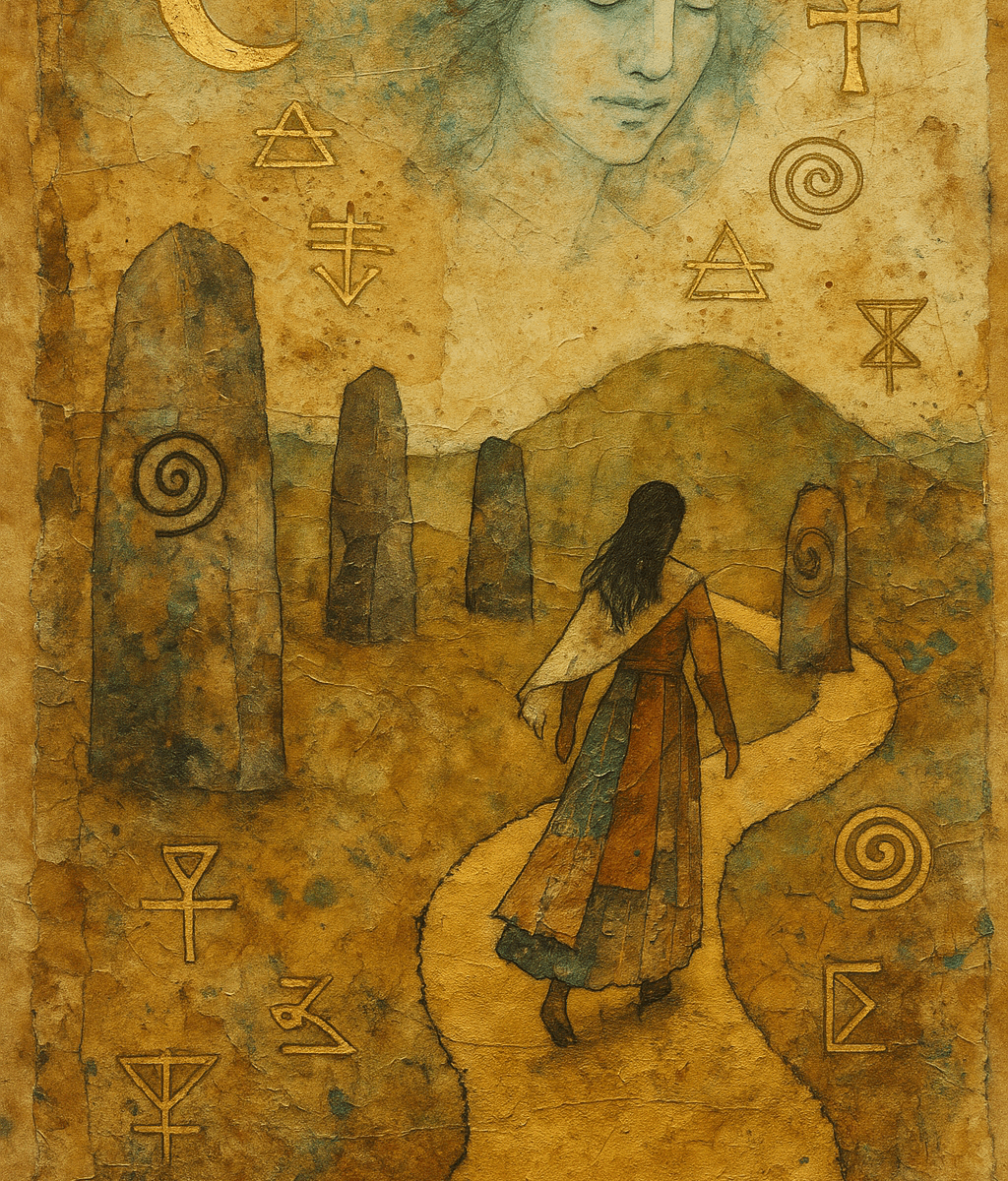We’ve all seen it before – the book, the podcast, the YouTube video – that promises a life of success if you just follow these five steps, these seven habits, this one golden rule. And to prove it works, the author rolls out a parade of successful people who supposedly followed the formula and made it big.
But here’s the thing: what about all the people who followed the same formula and didn’t end up successful?
Survivorship Bias: What We’re Not Told
That question sits at the heart of my discomfort with many popular self-help and personal development books. Too often, they rely on something called survivorship bias – a cognitive shortcut where we focus only on the people who “made it” and ignore all the others who didn’t.
There’s a powerful illustration of this from illusionist Derren Brown. In one of his experiments, he gave a person a “winning formula” for betting on horses. Over a series of races, the person kept winning and was convinced they’d stumbled onto something amazing. But then Brown revealed the trick: he’d given the same formulas to lots of different people, and only showed the one who, by sheer chance, ended up winning. The rest – the far more numerous rest – disappeared from the narrative.
That’s how so many of these success stories work. They’re compelling, polished, and hopeful – but they don’t tell the whole story. And when we internalize them, we can start to feel that if we don’t succeed, it must be our fault. Maybe we didn’t believe hard enough. Maybe we didn’t follow the formula to the letter. Maybe we just weren’t “meant” for success.
If you’d rather listen than read, I’ve shared this reflection in a short video below—it follows the same thread, offering a gentle space to pause and consider these ideas.
The Hidden Cost of These Narratives
But life is more complex than that. People come from vastly different starting points, carry different traumas and responsibilities, and face very real structural and situational barriers. A single path, no matter how well-marketed, can never fit everyone.
This is one of the reasons I don’t read autobiographies. Too often, they’re written with the benefit of hindsight, edited into a tidy arc with a satisfying resolution. The messy middle – the detours, doubts, dead ends – is smoothed over or reframed as inevitable steps on the path to greatness.
Why Life Doesn’t Follow a Formula
I’ve come to believe that we each have a different path – not necessarily leading to fame or fortune, but to meaning, integrity, and alignment with who we truly are. That kind of success isn’t built on formulas. It’s cultivated through deep listening, slow unfolding, and a willingness to live your own questions rather than rush to someone else’s answers.
If you’ve ever felt like you were doing all the right things but still not getting where you wanted to go, know this: you’re not broken. You’re not failing. You’re just human – and you deserve an approach that honours that.
Coming Up in This Series
If you’ve ever felt uneasy with the self-help world’s shiny promises or found that life doesn’t always reward your best efforts, you’re not alone. In the coming posts, I’ll be exploring what happens when life doesn’t add up the way we were told it would – and how ancient wisdom, lived experience, and psychological research offer us a more grounded, compassionate path forward. From questioning the meritocracy of “manifestation” to reimagining what life purpose really means, this series invites you to step away from the formulas and reconnect with your own inner compass. It’s a journey toward a more soulful kind of success – one rooted not in outcomes, but in integrity, meaning, and becoming more fully yourself.




